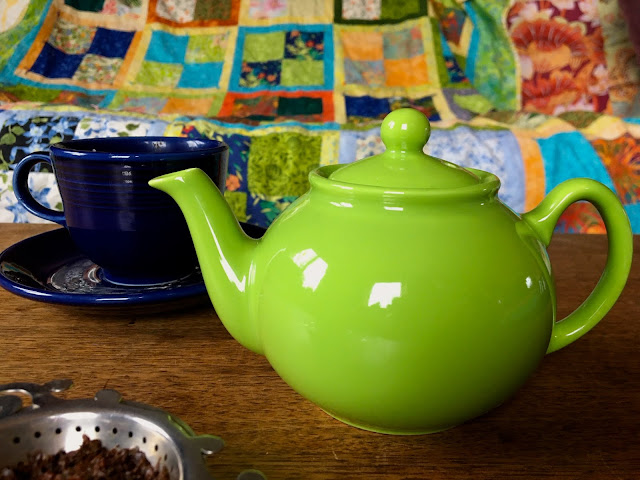
Despite the fact that I got snowed on while bird watching earlier this week and it's an as-warm-as-it-gets-in-April high 50s, it feels like summer here. The kind of summer no one has experienced since circa 1982, where days unspool one after the other with no real demarcation between one and the next. I can almost hear a housefly buzzing halfheartedly against the screen and taste Country Time Lemonade mixed with tapwater in a tall glass of translucent red plastic.
My job has ended for the season, as it would have without the pandemic, and my life's not that much different than it would have otherwise been, except my kids are home and I don't ever go anywhere. M works afternoons at the farm store, boxing up curbside pickup orders. In the morning he challenges his brothers to endless two-square tournaments. E has been pulling up the roots of weeds and small trees in the yard, expanding the lawn and making a duck-friendly copse of carefully thinned sumcac trees. Z is building a sailboat out of an old canoe. Both are energetically avoiding any acknowledgement that school is, indeed, still in session. They may have reached that "useful boredom" stage, the absense of which has been lamented by so many child phsychologists and educators.
I, meanwhile, cycle between extreme anxiety and relaxed acceptance, while my two volunteer "jobs" help me keep a toehold in civilization via zoom meetings and reams of emails. It is, I know, outrageously unfair how unevenly the burden of this disease has been distributed, not only between those who are getting sick and dying and those who are merely bored at home, but also between those whose work load has been catapulted into the stratosphere—health care workers and teachers especially—and those toward whom endless articles about how to keep busy and stay sane while home with nothing to do are geared. Which adds another stage to my cycle—guilt, because I'm one of those, not bored, not in need of someone to tell me what to do, but not on the terrible front lines or trying to wranle 30 students from afar (having mostly failed to wrangle the two students who live with me, I know how hard their job is).
So I seek a balance—don't lose sight of those who are facing extrememe hardships, but don't dwell on things outside your control. Stay home, wear a mask, try to make the best of it, and hold dear ones tight, even if it's from six feet, or six hundred miles, away.
This post went out last week to subscribers of my newsletter, along with some bonus material. You can subscribe here.












